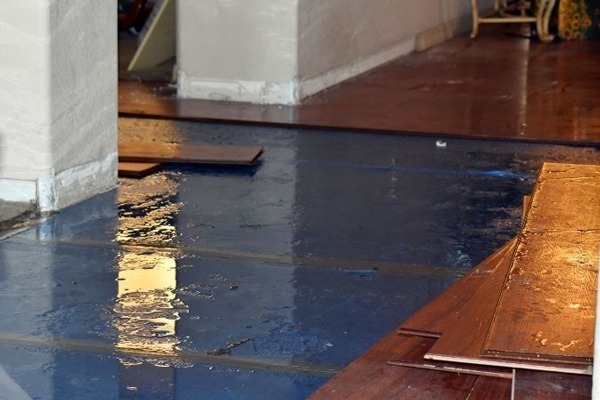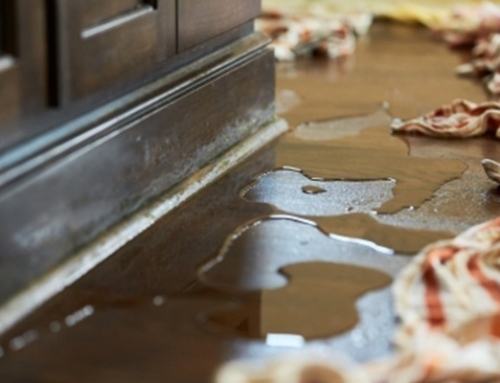Water damage is a homeowner’s nightmare, but how prepared is your home to handle an unexpected flood? From structural weaknesses to inadequate drainage, many homes have vulnerabilities that make them more susceptible to extensive damage. Understanding these risks and having a prevention plan can save you from costly repairs.
In this guide, we’ll explore how to assess your home’s flood resilience, highlight common weak spots, and emphasize the importance of water damage cleanup—especially when dealing with basement flood cleanup.
Assess Your Home’s Flood Resilience: A Quick Quiz
Test your home’s ability to withstand water damage with these key questions:
- Do you live in a flood-prone area or have a history of basement flooding?
- Is your home equipped with a sump pump and backup battery?
- Are your gutters and downspouts clear and directing water away from your foundation?
- Have you inspected your home’s foundation for cracks or leaks?
- Is your HVAC system protected from potential water damage?
If you answered “no” to any of these questions, your home may be at risk. Being proactive about water damage cleanup and preventive measures can make a difference when disaster strikes.
Weak Spots That Lead to Extensive Damage | Water Damage Cleanup
Even minor leaks can turn into significant issues if not addressed at the right time. Key areas to watch include:
- Basements and Crawl Spaces: Prone to flooding due to poor drainage, sump pump failures, and foundation cracks. Basement flood cleanup is essential to prevent mold and structural damage.
- Roof and Attic Leaks: Damaged shingles, clogged gutters, and poor ventilation allow water infiltration, leading to mold and weakened structures.
- Plumbing and Appliance Failures: Burst pipes, leaking water heaters, and faulty appliances can cause severe cleanup needs.
- Air Duct Contamination: Moisture buildup in air ducts fosters mold and bacteria growth, affecting indoor air quality. Professional cleaning is crucial.
Also read: Technology’s Role in Modern Water Damage Restoration
Why Basement Flood Cleanup Is a Must in High-Risk Areas
Basements are especially vulnerable to flooding, and neglecting proper cleanup can lead to:
- Mold growth: Moist environments promote rapid mold development, which can spread quickly.
- Structural deterioration: Water weakens walls and flooring, compromising the foundation.
- Electrical hazards: Flooded basements pose serious risks if electrical wiring or outlets are exposed to water.
Immediate cleanup is crucial to restore a safe environment and prevent these risks from escalating.
How to Create a Water Damage Prevention Plan | Water Damage Cleanup
A proactive approach can significantly reduce the impact of water damage. Here’s what you can do:
- Install a sump pump and regularly test it to ensure proper function.
- Seal foundation cracks to prevent water intrusion.
- Keep gutters and downspouts clear to direct rainwater away from your home.
- Elevate appliances and HVAC systems in flood-prone areas.
- Schedule routine air duct cleaning to prevent mold buildup.
- Have an emergency cleanup plan with a trusted professional service.
Choose a Trusted Cleanup Partner
No home is immune to water damage, but taking the proper precautions can minimize risks. You can protect your home and loved ones by identifying weak spots, addressing potential hazards, and ensuring professional water damage cleanup when necessary. If your basement has flooded or you suspect moisture buildup, don’t wait—prompt action is key to preventing long-term damage.
Premier Restoration Service provides thorough cleanups, ensuring your home is safe and fully restored. Our specialists assess the damage, eliminate excess moisture, and repair affected areas. Schedule an assessment today to protect your property from future water damage.







Leave A Comment